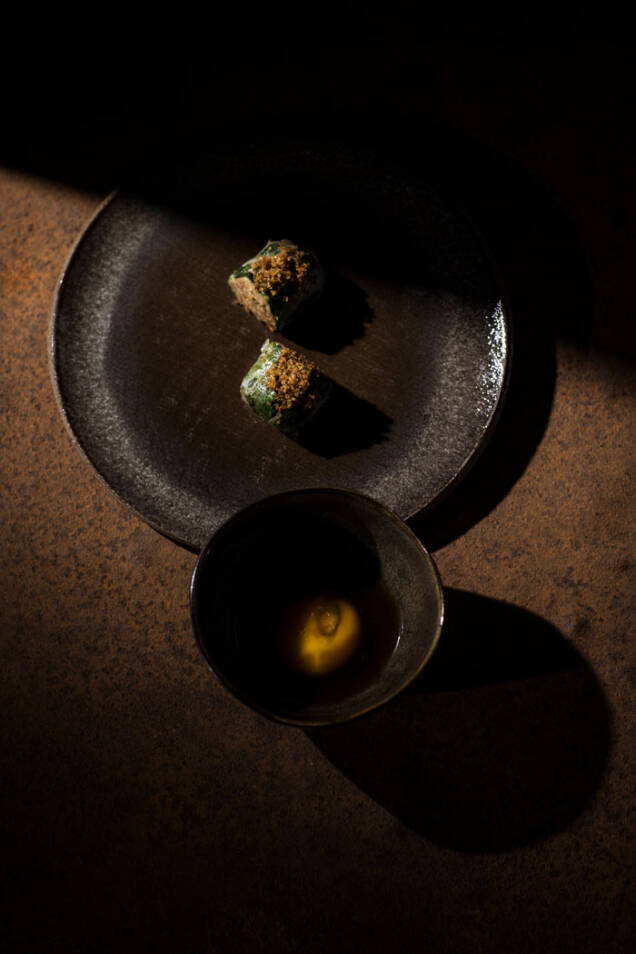What feeling do you take away from this crisis? Are you hopeful or concerned?
“I think our industry will continue to suffer the consequences of this pandemic for some time. Not only because the borders are real again and our guests can’t move freely between countries, but because our service is about socializing and gathering together. But I see a bright future. We understand slowly but we forget quickly. I think this time has shown more than ever that we need to be together to be happy and healthy. We need people around us.
“I also think that awareness of healthful eating, regional sourcing, and moving with the seasons will grow. At Hiša Franko that’s the essence of what we do. I think we’re about to become a role model for the future. We haven’t changed how we do things, and if our way is what guests are looking for, then we see light at the end of the tunnel. I don’t think restaurants should change because of the Coronavirus crisis. We go to restaurants because we want to experience a creative, unique cuisine. If we change our identity, we lose the reason for guests to come to us and experience who we are and what we have to offer.”
©Suzan Gabrijan, Strukelj
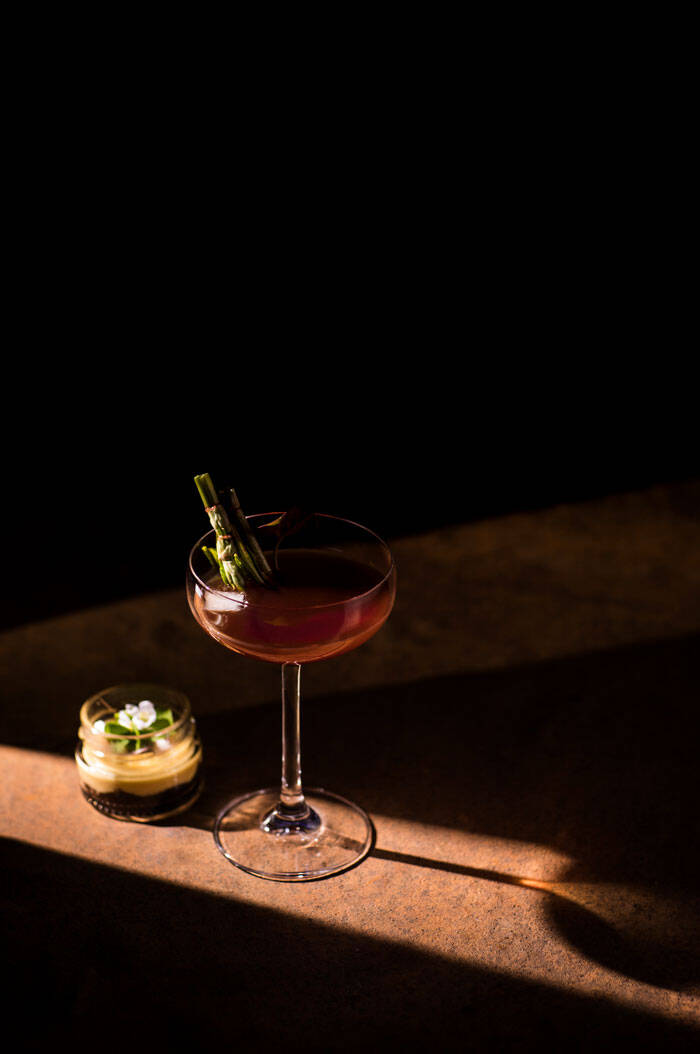
©Suzan Gabrijan
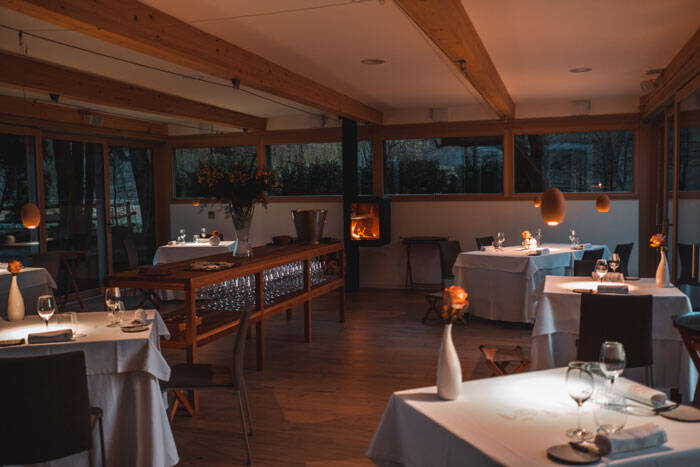
©Suzan Gabrijan

What was it like to receive guests again for the first time after lockdown?
“I felt a strange kind of anxiety and excitement. It was like learning how to walk again. It was beautiful to welcome guests again, but it was also full of doubt. We hadn’t worked for three months and had to completely change the menu. Normally we replace ingredients gradually as the seasons progress but now everything was new. The first working week after the pandemic was one of the most difficult times in my life.”
©Suzan Gabrijan, Silver mussel

How did you manage to keep up the spirits of your team during the period of isolation?
“Our team stayed together for the entire lockdown period. As a result we grew in our own unique way. We did some amazing work deepening our knowledge of the local ingredients and what you can do with them, learning new flavors and techniques. Our cuisine has only grown richer.”
“On a personal level we connected together as human beings. On the one hand it was beautiful to learn and understand so much about each other, but on the other hand it was an emotional rollercoaster. I don’t think any human being deserves to go through something like this again.”
What was it like to have to close Hiša Franko
“Being forced to close down is very difficult to understand. For someone as active as myself it’s a sense of being completely powerless. We were fighting against something invisible, something that didn’t even exist here. Yet still we were forced to stay in this prison. It’s a beautiful prison, but still without free will.”
“The self isolation had a big impact on my creativity. For me being creative is about being active, especially because my kind of creativity is connected to ingredients that you can touch, smell, see, and eat. Coming out of isolation was like going from kindergarten to actual school. I had to open my senses and try to force myself to do things I hadn’t been doing for three months.”
Joost Scholten Xiao Er Kong
The Coronavirus crisis hits each restaurant in a different way. Even in the sparsely populated Slovenia chef Ana Roš closed her restaurant Hiša Franko, without a single COVID-19 case for miles and miles. Surreal, especially for a chef who constantly seeks a connection with her guests, suppliers, and employees.
“The first working week after the pandemic was one of the most difficult times in my life.”
Slovenian two Michelin star chef Ana Roš on regaining the confidence of her guests
INTERVIEW
3 min
ANA ROŠ ON REGAINING CONFIDENCE
©Suzan Gabrijan

©Suzan Gabrijan, Lamb&Crab2019
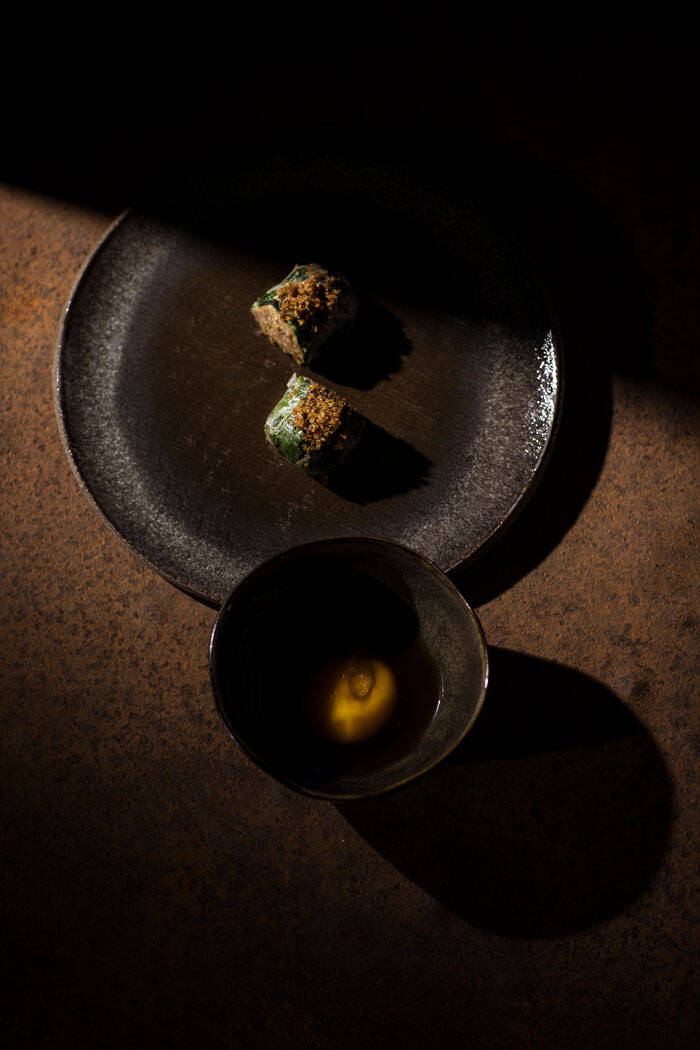
©Suzan Gabrijan, Strukelj
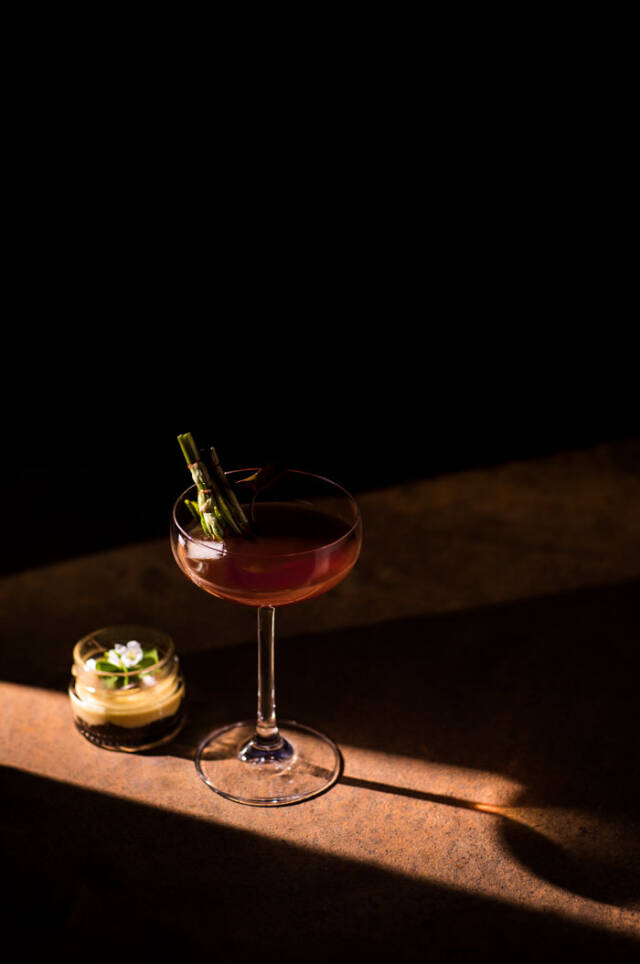
How did you manage to keep up the spirits of your team during the period of isolation?
“Our team stayed together for the entire lockdown period. As a result we grew in our own unique way. We did some amazing work deepening our knowledge of the local ingredients and what you can do with them, learning new flavors and techniques. Our cuisine has only grown richer.”
“On a personal level we connected together as human beings. On the one hand it was beautiful to learn and understand so much about each other, but on the other hand it was an emotional rollercoaster. I don’t think any human being deserves to go through something like this again.”
What feeling do you take away from this crisis? Are you hopeful or concerned?
“I think our industry will continue to suffer the consequences of this pandemic for some time. Not only because the borders are real again and our guests can’t move freely between countries, but because our service is about socializing and gathering together. But I see a bright future. We understand slowly but we forget quickly. I think this time has shown more than ever that we need to be together to be happy and healthy. We need people around us.
“I also think that awareness of healthful eating, regional sourcing, and moving with the seasons will grow. At Hiša Franko that’s the essence of what we do. I think we’re about to become a role model for the future. We haven’t changed how we do things, and if our way is what guests are looking for, then we see light at the end of the tunnel. I don’t think restaurants should change because of the Coronavirus crisis. We go to restaurants because we want to experience a creative, unique cuisine. If we change our identity, we lose the reason for guests to come to us and experience who we are and what we have to offer.”
©Suzan Gabrijan
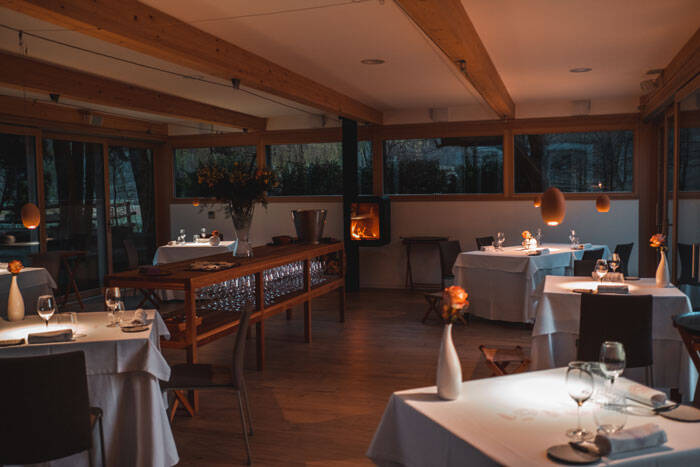
What was it like to receive guests again for the first time after lockdown?
“I felt a strange kind of anxiety and excitement. It was like learning how to walk again. It was beautiful to welcome guests again, but it was also full of doubt. We hadn’t worked for three months and had to completely change the menu. Normally we replace ingredients gradually as the seasons progress but now everything was new. The first working week after the pandemic was one of the most difficult times in my life.”
©Suzan Gabrijan
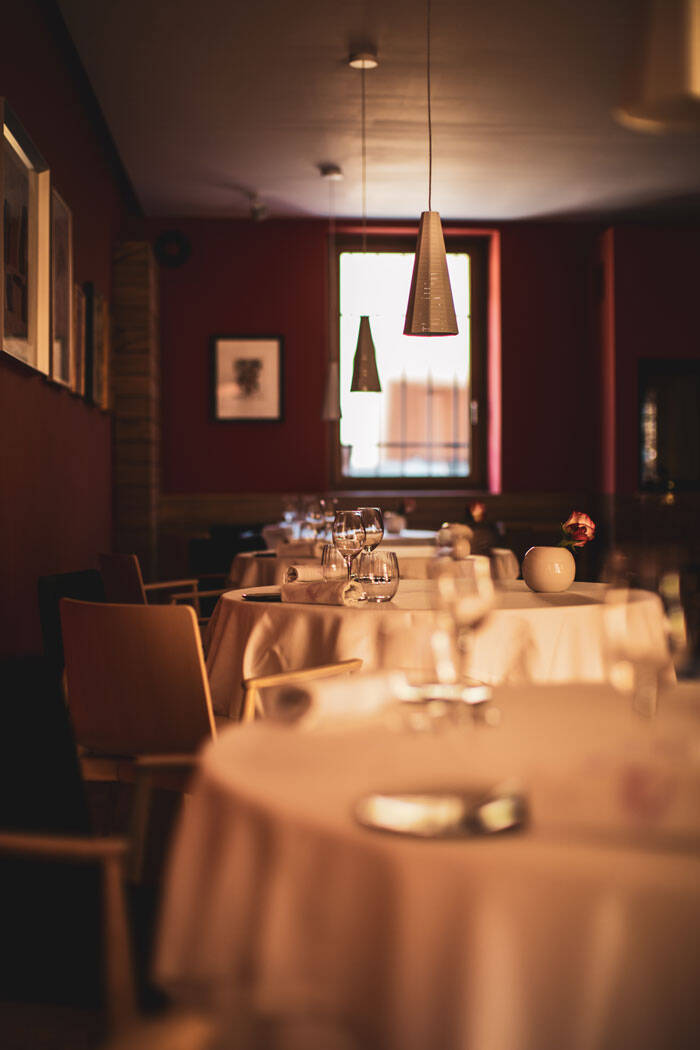
What was it like to have to close Hiša Franko
“Being forced to close down is very difficult to understand. For someone as active as myself it’s a sense of being completely powerless. We were fighting against something invisible, something that didn’t even exist here. Yet still we were forced to stay in this prison. It’s a beautiful prison, but still without free will.”
“The self isolation had a big impact on my creativity. For me being creative is about being active, especially because my kind of creativity is connected to ingredients that you can touch, smell, see, and eat. Coming out of isolation was like going from kindergarten to actual school. I had to open my senses and try to force myself to do things I hadn’t been doing for three months.”
©Suzan Gabrijan, Silver mussel

Joost Scholten Xiao Er Kong
The Coronavirus crisis hits each restaurant in a different way. Even in the sparsely populated Slovenia chef Ana Roš closed her restaurant Hiša Franko, without a single COVID-19 case for miles and miles. Surreal, especially for a chef who constantly seeks a connection with her guests, suppliers, and employees.
©Suzan Gabrijan
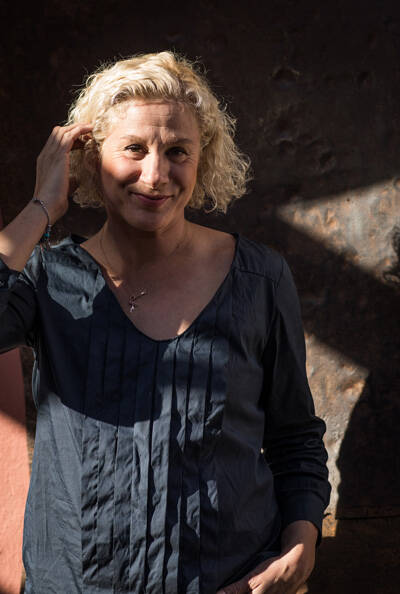
“The first working week after the pandemic was one of the most difficult times in my life.”
Slovenian two Michelin star chef Ana Roš on regaining the confidence of her guests
3 min
©Suzan Gabrijan, Lamb&Crab2019
